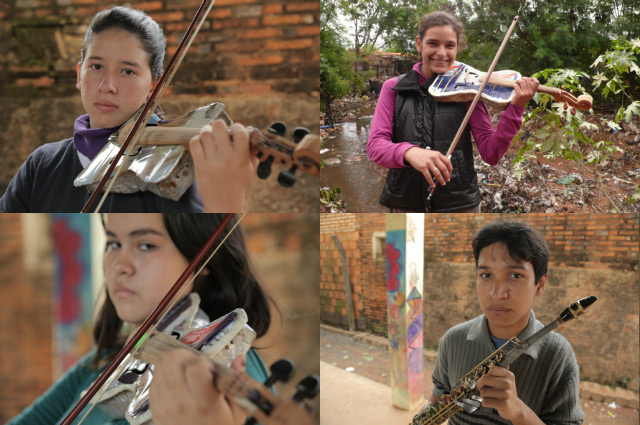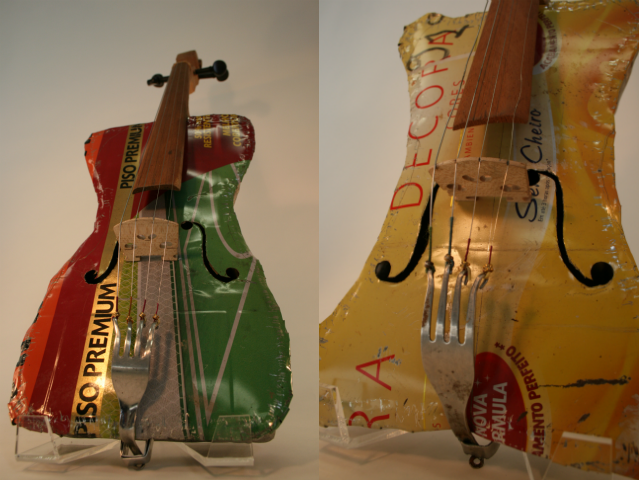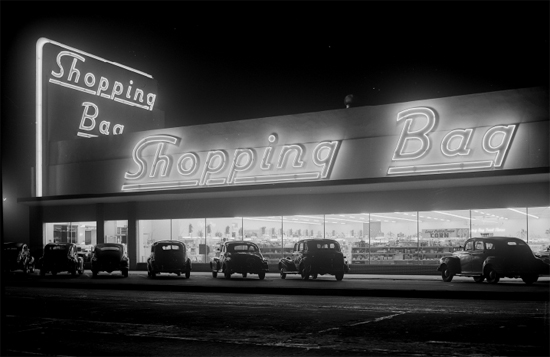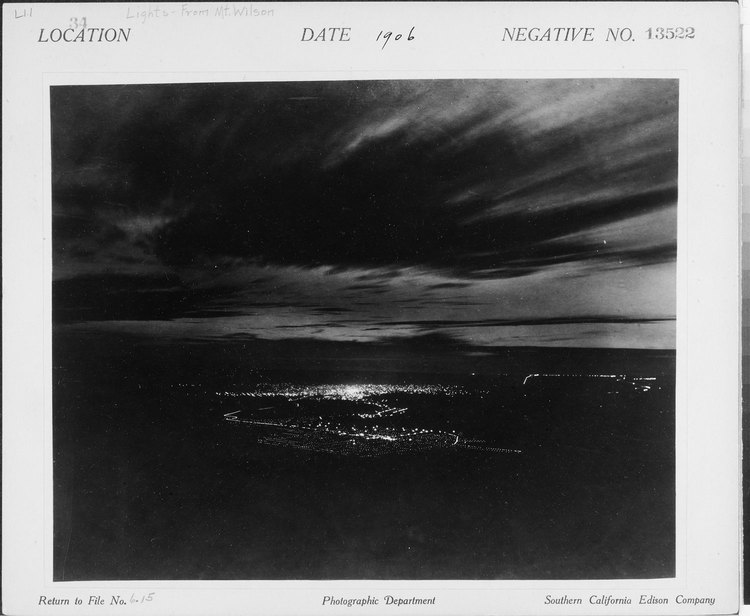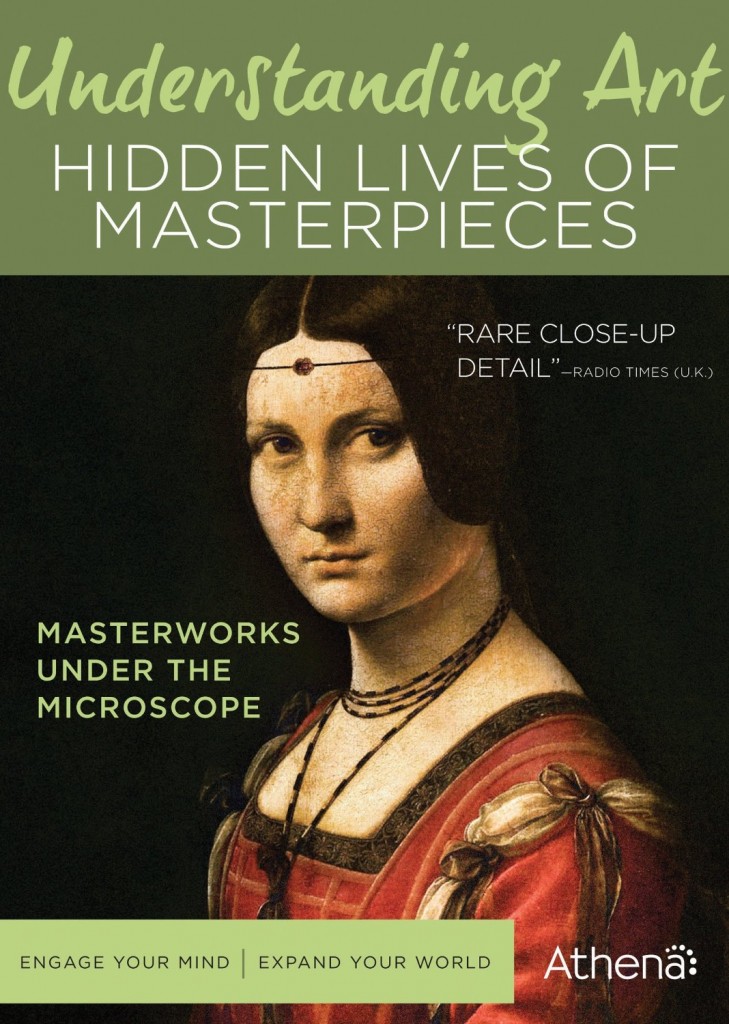Today the House of Representatives Appropriations Committee released its FY 2014 Interior and Environment Appropriations bill, and it’s worse for arts groups that you might have imagined:
I quote:
Museums and Cultural Institutions –
- Smithsonian Institution – The Smithsonian Institution is funded at $660 million in the bill – a cut of $155 million (19%) below the fiscal year 2013 enacted level and commensurate with the overall reduction in the bill.
- National Gallery of Art – The National Gallery of Art is funded at $104 million in the legislation – a decrease of $24.5 million (19%) below the fiscal year 2013 enacted level and commensurate with the overall reduction in the bill.
- National Endowments for the Arts and Humanities – The bill includes $75 million for each program, which is a reduction of $71 million (49%) per endowment compared to the fiscal year 2013 enacted level.
Here’s the link to the press release. And here is the draft bill.
The National Humanitites Alliance decried the cuts and noted that “this funding level would devastate an agency that has already been reduced by 19 percent since 2010.”

